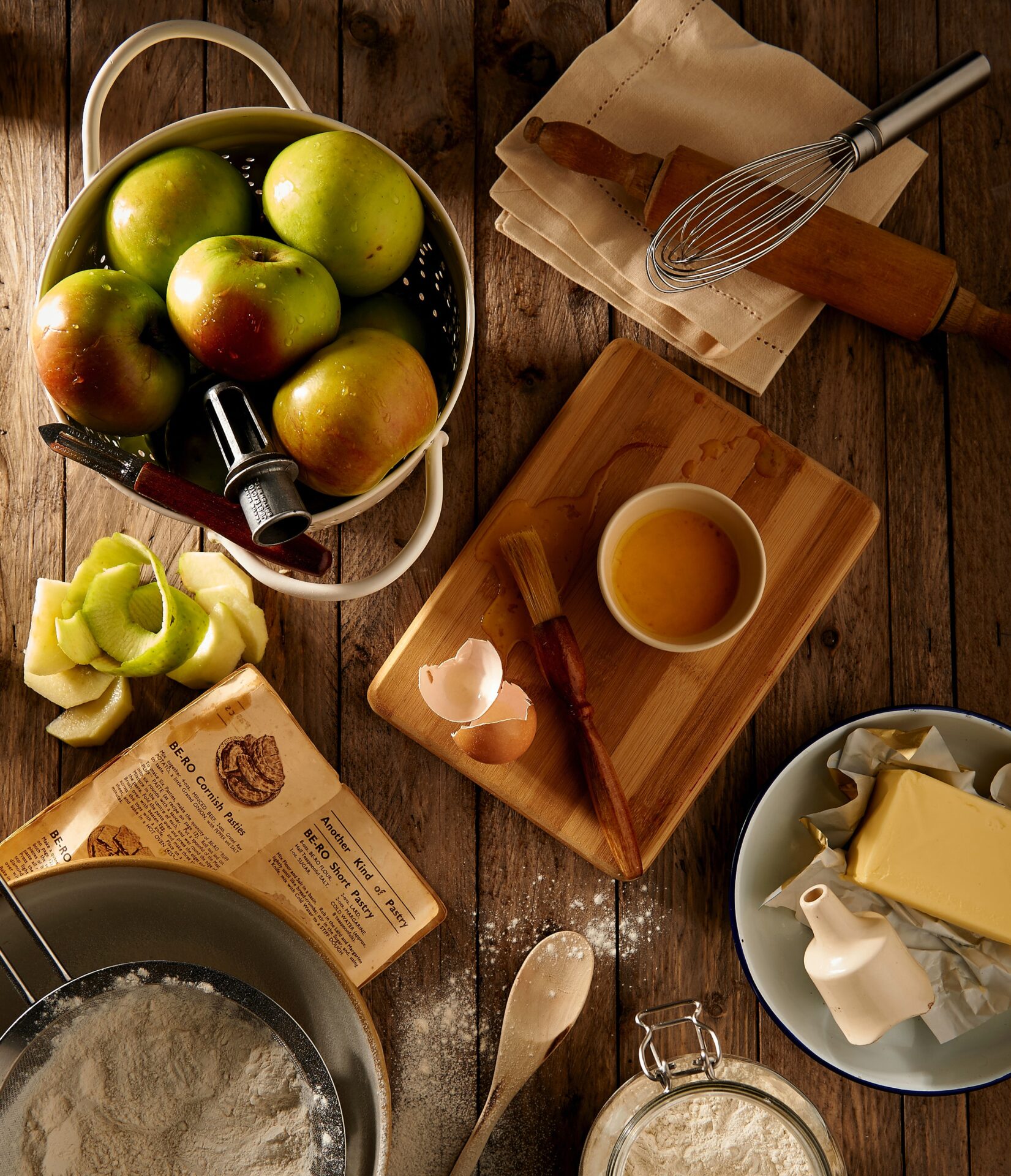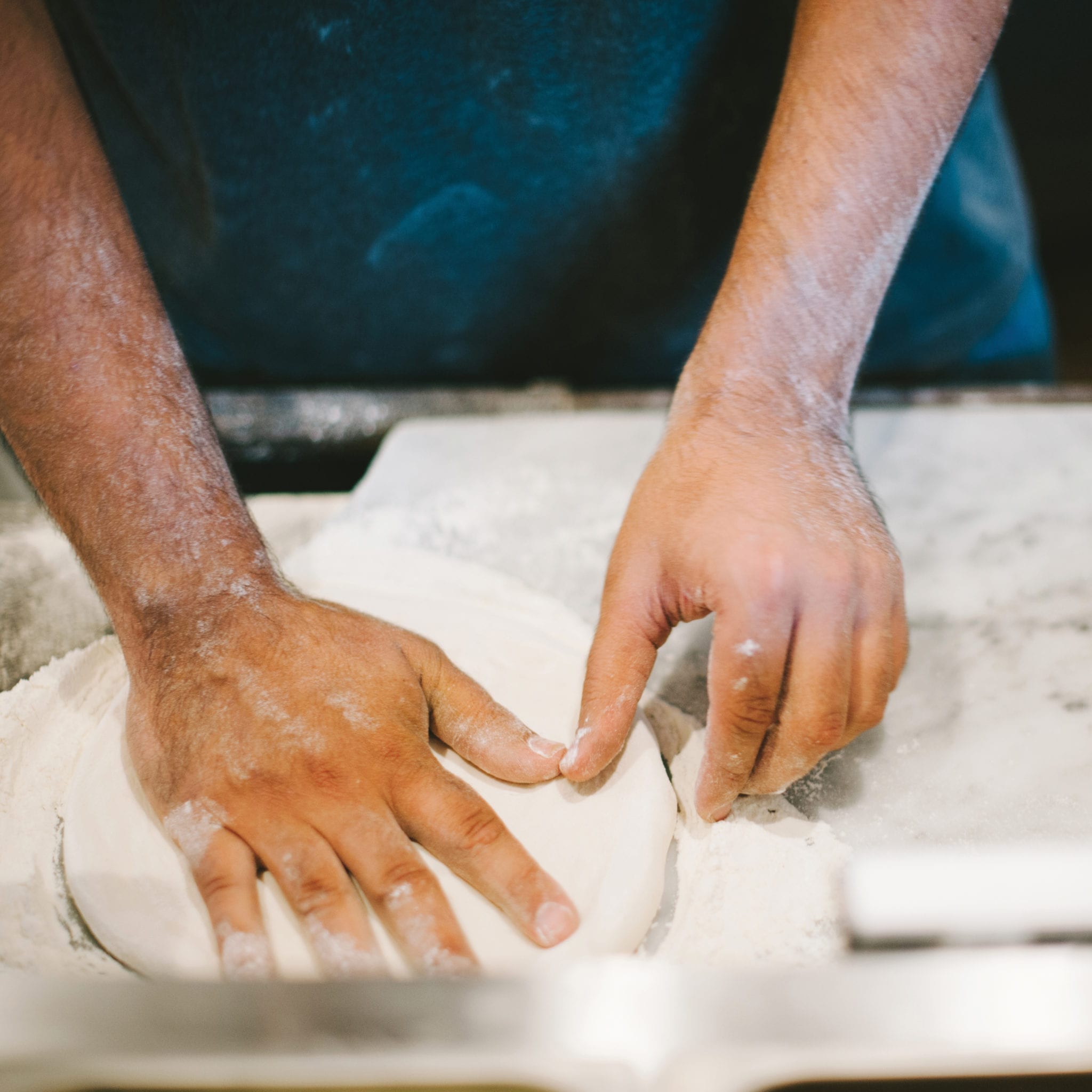This is the basic pizza recipe that we obtained from the Associazione Verace Pizza Napoletana (VPN); we have found that we have to play with the hydration levels depending on the humidity level. In addition, we ferment our VPN pizza dough for at least 24 hours, however, it is not required to achieve great results and adds a significant degree of difficulty when using the traditional “slap” method used by pizzaiolos in Naples.
recipe 
4¼ cups water
1 tablespoon plus 1 teaspoon salt
1 teaspoon yeast
13½ cups flour plus more for dusting work surface,Olive oil
Chef’s Note: This is the basic recipe that we obtained from the Associazione Verace Pizza Napoletana (VPN); we have found that we have to play with the hydration levels depending on the humidity level. In addition we ferment our dough for at least 24 hours, however it is not required to achieve great results and adds a significant degree of difficulty when using the traditional “slap” method used by pizzaiolos in Naples.
Ingredients
steps
- Combine water, salt, and yeast in large bowl. Begin adding flour and mix by hand until dough forms, approximately 10 minutes. Turn dough onto floured work surface and knead until pliable, approximately 20 minutes.
- Place dough in large oiled bowl. Cover with a towel and let rise until double in size, approximately 2 hours. Optimal room temperature is 77 degrees.
- Return dough to floured work surface and, using bench scraper or sharp knife, divide into 6–9-ounce portions. Dough should yield approximately 12–16 portions. Roll dough into balls or “panetti” and then place onto greased sheet pans.
- Sprinkle dough lightly with flour and then cover with towels. Let rise for 4–6 hours.
PIZZA DOUGH:
NO EXACT SCIENCE
Unfortunately, there is no way to really replicate the superpowers of a true Neapolitan pizza oven for a home cook, but you can still get great results. Lampo’s crust dough is based on 62 percent hydration for their 950-degree oven, but for a 500-degree oven, you only need 50–52 percent hydration (the level of hydration decreases with the oven temperature). Play around to find the hydration level that works best for your oven, but work in percentages for the most accuracy. And, for best crust results, use a pizza steel or a Big Green Egg grill with a pizza stone. It is very important to heat both above and below the pizza.
share
- from chefs Loren Mendosa, Mitch Beerens, and Ian Redshaw of Lampo Neapolitan Pizzeria of Charlottesville, Virginia









